Baba Banda Singh Bahadur was a Sikh warrior and a commander of the Khalsa army. Guru Gobind Singh appointed him. Mughal Army, under the orders of Munim Khan, marched Sirhind in Punjab when Banda Singh was in Uttar Pradesh. Before the return of Banda Singh, Mughal Army had already captured Sirhind and the areas around it. The Sikhs, therefore, moved to Lohgarh for their final battle. The Sikhs defeated the army, but reinforcements were called, and they laid siege on the fort with 60,000 troops. Baba Banda Singh Bahadur somehow escapes from the fort. Mughal emperor Bahadur Shah got angry after his army failed to capture Baba Banda Singh Bahadur. As a result, on December 10, 1710, the Bahadur Shah ordered that wherever a Sikh was found, he should be executed.
In 1713 the Sikhs left Lohgarh and Sadhaura and went to the remote hills of Jammu, where they built Dera Baba Banda Singh. But, they came to know that Muslims persecuted Sikhs in the Gurdaspur region under Islamic rule. So Banda Singh came out and captured Kalanaur and Batala, which are located in the modern Gurdaspur district.
In March 1715, the army under the rule of Abd al-Samad Khan, the Mughal Governor of Lahore, drove Banda Singh and the Sikh forces into the village of Gurdas Nangal,6 km to the west of the city Gurdaspur, Punjab and laid siege to the village. The Sikhs defended the small fort for eight months under conditions of great hardship. But on December 7, 1715, the Muslim army captured Banda Singh and his companions.
Baba Banda Singh Bahadar and his companions were tortured physically and mentally. After intense torture, they were asked to convert to Islam. They were also asked to reveal the places where they had buried all the treasures they had during their better days. Failing to gain any such information, the Mughals carried out a special procession on June 9, 1716. Baba Banda Singh Bahadar was made to dress in the emperor's mock attire and sit on the elephant, while his soldiers were made to march behind him on the streets of Delhi. The procession headed to the Kutub-ud-din mausoleum of Bahadur Shah, near the present Kutab Minar.
The Mughals once again asked the captured Sikhs about the conversion, but they refused. They all were later beheaded. They placed the 4-year-old Ajai Singh, son of Baba Banda Singh Bahadur, on the lap of Baba Banda Singh Bahadur and ordered him to kill his son with a short sword. As Baba Banda Singh Bahadur stayed unmoved, one of the Mughal army's men moved toward Ajai Singh and cut him into two. They removed flesh from inside the body of Ajai Singh and threw it on the face of Banda Singh. They also plucked flesh pieces of the deceased and stuffed the unfortunate father's mouth with his son's liver and heart.
Silent Banda Singh was then further tortured severely. They removed his eyeballs first, then slashed his legs and separated both his arms from his body. Later they tore off his flesh with red-hot pincers and felt satisfied only after cutting his body up into a hundred pieces.

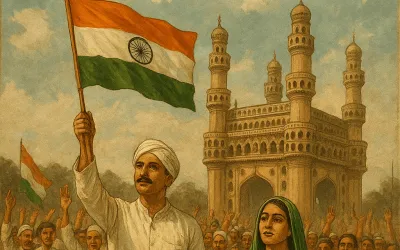
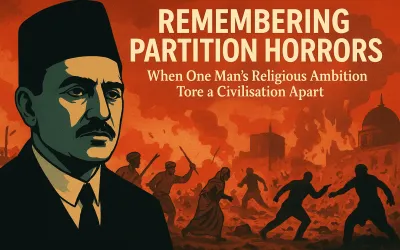
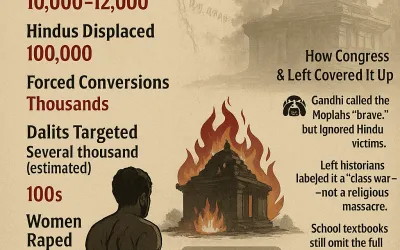

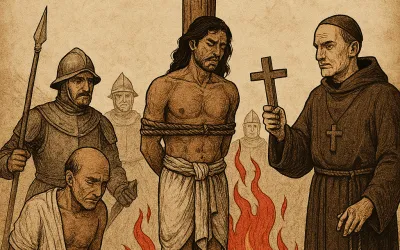

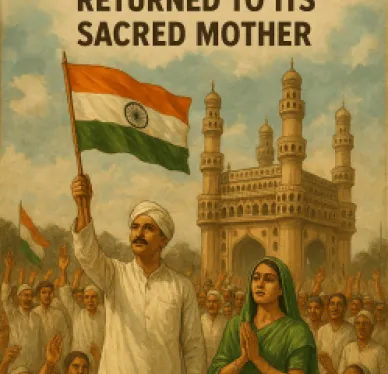
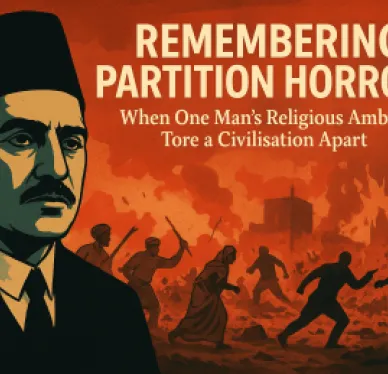


Comments
Add new comment